In the world of fashion, the art of color coordination extends far beyond simply matching a handbag to your shoes. The most sophisticated style enthusiasts understand that true elegance lies in the subtle, almost imperceptible echoes of color that weave an outfit together into a cohesive masterpiece. This advanced approach to color harmony transforms an ensemble from merely "put together" to truly captivating, creating a visual dialogue between every element you wear.
At its core, this technique is about creating connections. Rather than opting for obvious monochromatic schemes or straightforward complementary colors, the advanced player looks to create a web of color relationships. Imagine a deep burgundy lipstick that doesn't just match your dress, but picks up the faintest wine-colored threads in your tweed jacket. Or consider how the amber tones in your tortoiseshell sunglasses might mirror the honey-colored highlights in your wooden earrings and the cognac leather of your watch strap. These aren't accidents—they're deliberate choices that demonstrate a refined understanding of color theory in practice.
The magic happens in the details. A common mistake many make is treating accessories as afterthoughts, when in reality they should be considered integral components of your color story from the very beginning. The sophisticated dresser doesn't add a scarf because they're cold—they select a scarf that contains three different shades present elsewhere in their outfit. That navy blue in the pattern might echo their trousers, while the cream accents reference their blouse, and the subtle gold threads might pick up the tones in their jewelry. This creates a circular color narrative that feels complete and intentional.
Seasoned stylists often employ what might be called "color bridging"—using accessories to connect colors that might otherwise feel disconnected. If you're wearing olive green trousers with a lavender blouse, the combination might initially seem jarring. But introduce a belt with both colors in its pattern, or a necklace that features peridot stones alongside amethyst beads, and suddenly you've created a harmonious color conversation. The accessory becomes the translator between two colors that don't naturally speak the same language, demonstrating your mastery of color relationships.
Texture plays a crucial role in this advanced color play. The same color appears dramatically different depending on the material it's on. A emerald green silk scarf will interact with light differently than emerald green suede shoes or emerald green enamel jewelry. The sophisticated fashion lover understands how to use these textural variations to create depth and interest within a single color family. You might pair a shiny cobalt blue patent leather belt with matte cobalt blue ceramic beads in your bracelet—same color, different expressions, creating a sophisticated variation on a theme.
One of the most subtle yet powerful techniques involves working with neutrals. Many assume that neutral colors don't require the same thoughtful coordination, but this is where true expertise reveals itself. The advanced stylist knows that pairing warm taupe shoes with cool grey trousers creates dissonance, even though both are technically neutrals. Instead, they might choose accessories that contain both the warm and cool neutrals present in their outfit, creating harmony. A handbag with both taupe and grey elements, or jewelry that mixes silver and gold tones, can seamlessly unite what might otherwise feel like competing neutral palettes.
The concept of "color volume" is another advanced consideration. This refers to the amount of space a color occupies in your overall look. A bold fuchsia belt creates a different impact than delicate fuchsia earrings, even though the hue is identical. The sophisticated dresser balances these color volumes thoughtfully, often using smaller accessories to introduce vibrant colors that might be overwhelming in larger doses. You might wear a primarily neutral outfit with just a pop of crimson—but that crimson appears in your lipstick, your shoe details, and your ring stone, creating a balanced distribution of the accent color throughout your look.
Seasonal color transitions offer excellent opportunities to demonstrate your advanced color coordination skills. As we move from summer to autumn, for instance, the sophisticated dresser doesn't abruptly switch from brights to earth tones. Instead, they might wear a summer-weight dress in a transitional color like burnt orange, then add accessories that bridge the seasonal gap—perhaps straw elements that reference summer alongside bronze jewelry that hints at autumn. This creates an outfit that feels both timely and timeless, showcasing your ability to work with color in context.
Perhaps the most advanced technique involves working with colors that aren't physically present in your clothing at all. This might mean selecting accessories that pick up the colors in your eye pattern, your hair highlights, or even your skin undertones. When your amber necklace echoes the gold flecks in your hazel eyes, or your copper bangles complement the red tones in your hair, you create a deeply personal color story that feels inherently harmonious because it's connected to your natural coloring. This represents the pinnacle of color mastery—when your accessories don't just coordinate with your clothes, but with you.
Ultimately, advanced color coordination through accessories is about developing a more nuanced relationship with color itself. It requires looking beyond the obvious matches and considering how colors interact, how they make each other appear more vibrant or more muted, how they create mood and tell stories. The most stylish individuals aren't those who follow color rules most strictly, but those who understand color relationships so deeply that they can artfully break conventions to create something uniquely beautiful and personal.
This approach to fashion transforms getting dressed from a routine into an creative act. Each accessory decision becomes an opportunity to demonstrate your aesthetic intelligence, your attention to detail, and your understanding of how visual elements work together. The result is never "overdone" or trying too hard—instead, it creates that elusive quality of effortlessness that characterizes true style. When every element feels connected, considered, and harmonious, your overall presentation communicates sophistication and taste beyond what any single item could achieve alone.
As you develop your skills in advanced color coordination, remember that the goal isn't perfection—it's expression. The most compelling style stories often include unexpected color combinations that surprise and delight. Your accessories should reflect your personality, not just your knowledge of color theory. The true magic happens when technical understanding meets personal expression, creating looks that are both harmoniously composed and uniquely yours.
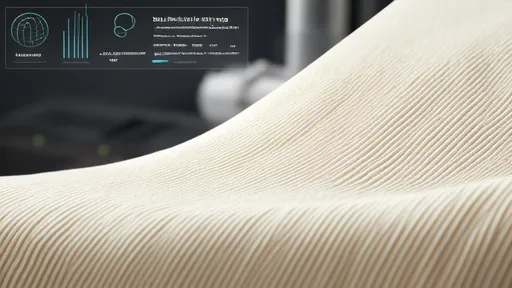
By /Aug 21, 2025
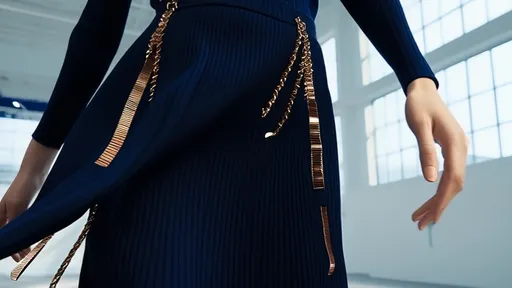
By /Aug 21, 2025
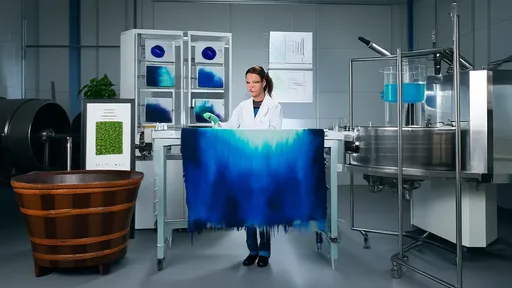
By /Aug 21, 2025
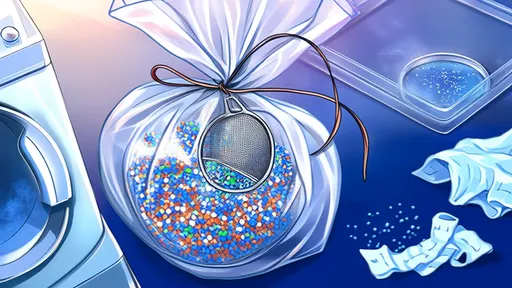
By /Aug 21, 2025

By /Aug 21, 2025
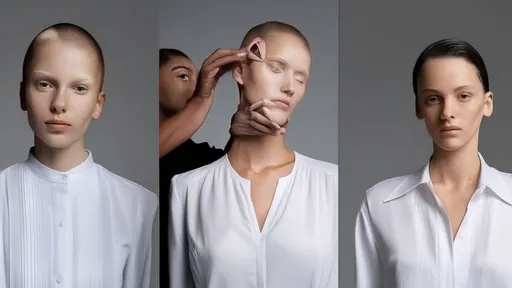
By /Aug 21, 2025

By /Aug 21, 2025
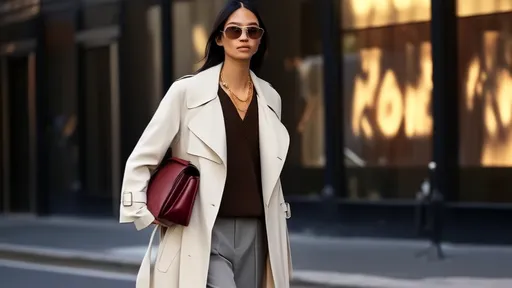
By /Aug 21, 2025
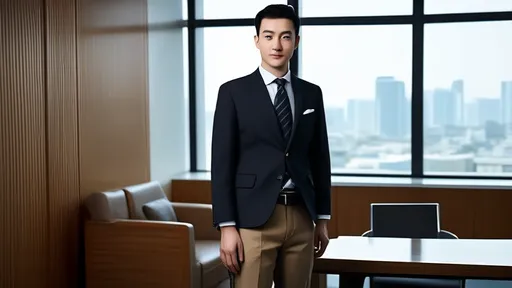
By /Aug 21, 2025
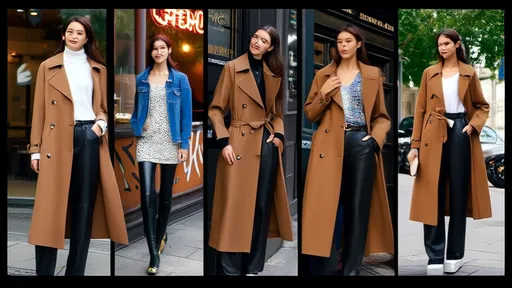
By /Aug 21, 2025
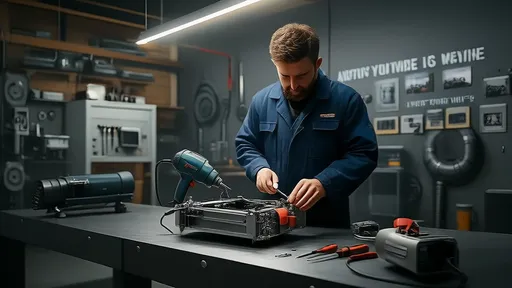
By /Aug 21, 2025

By /Aug 21, 2025
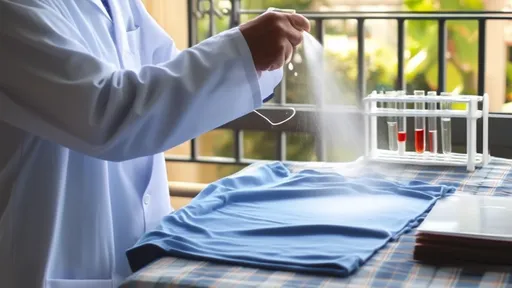
By /Aug 21, 2025
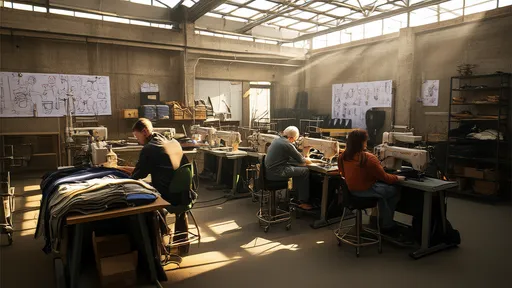
By /Aug 21, 2025
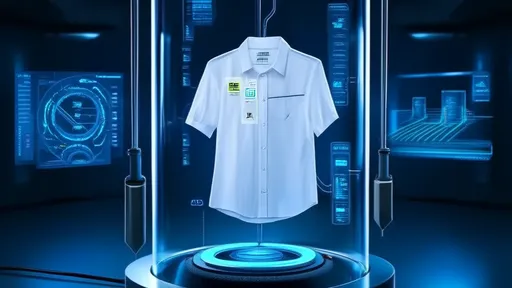
By /Aug 21, 2025
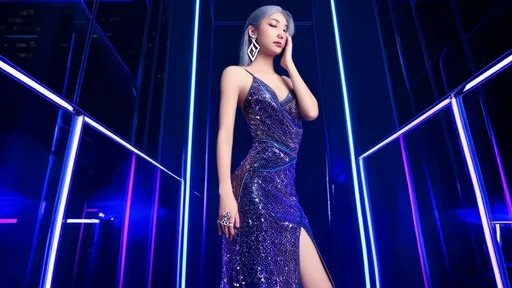
By /Aug 21, 2025
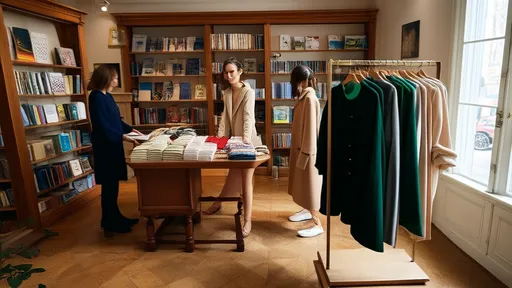
By /Aug 21, 2025

By /Aug 21, 2025
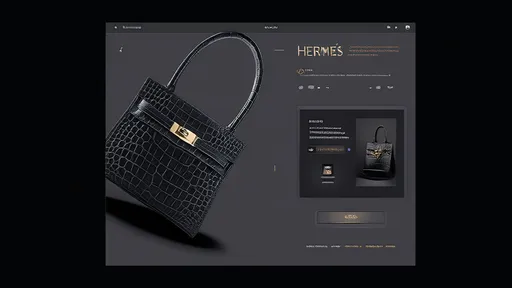
By /Aug 21, 2025

By /Aug 21, 2025